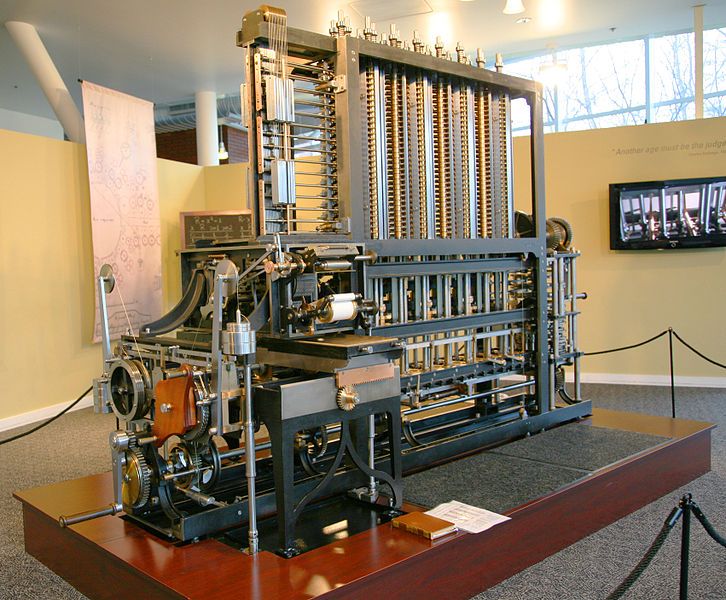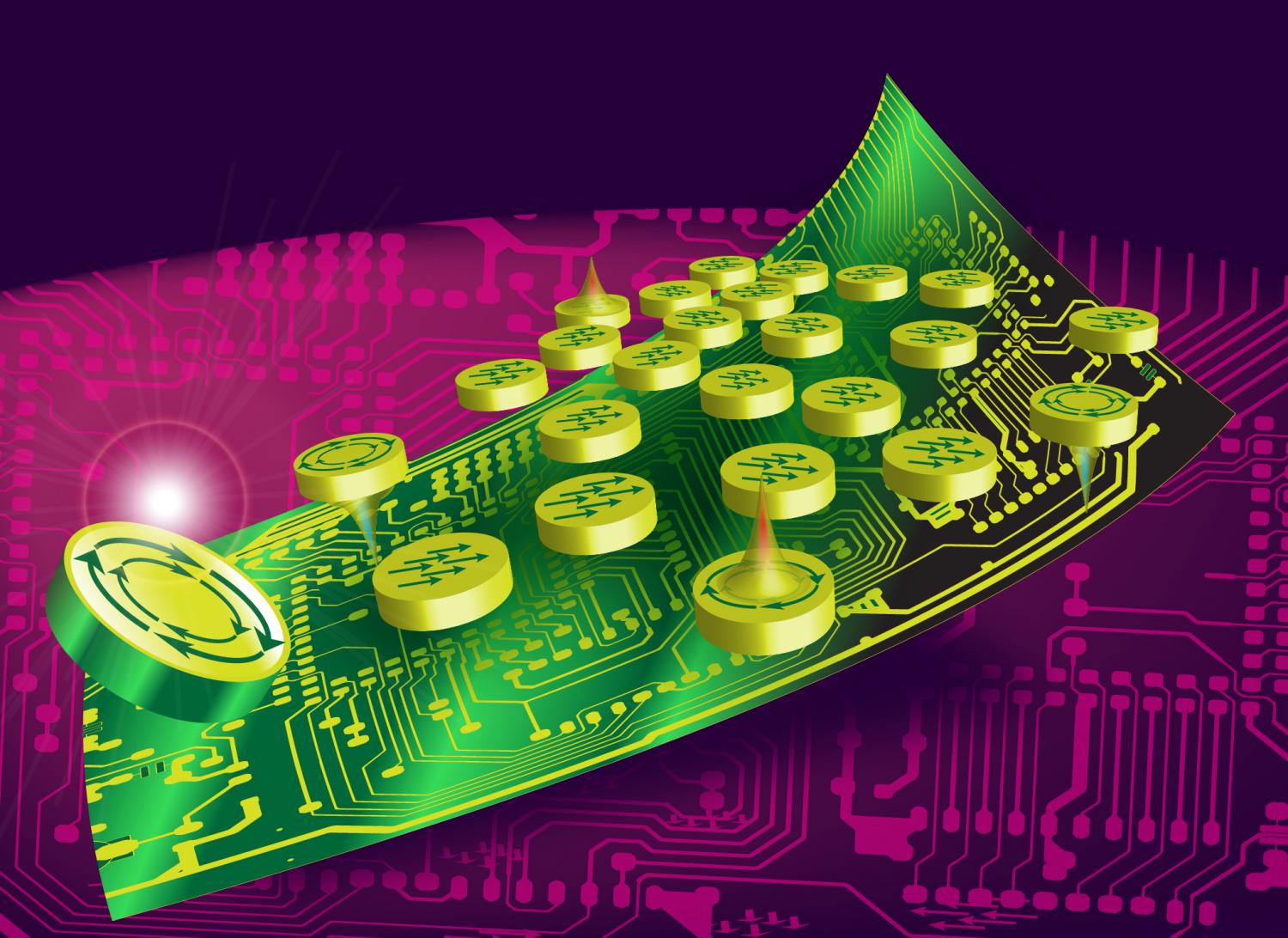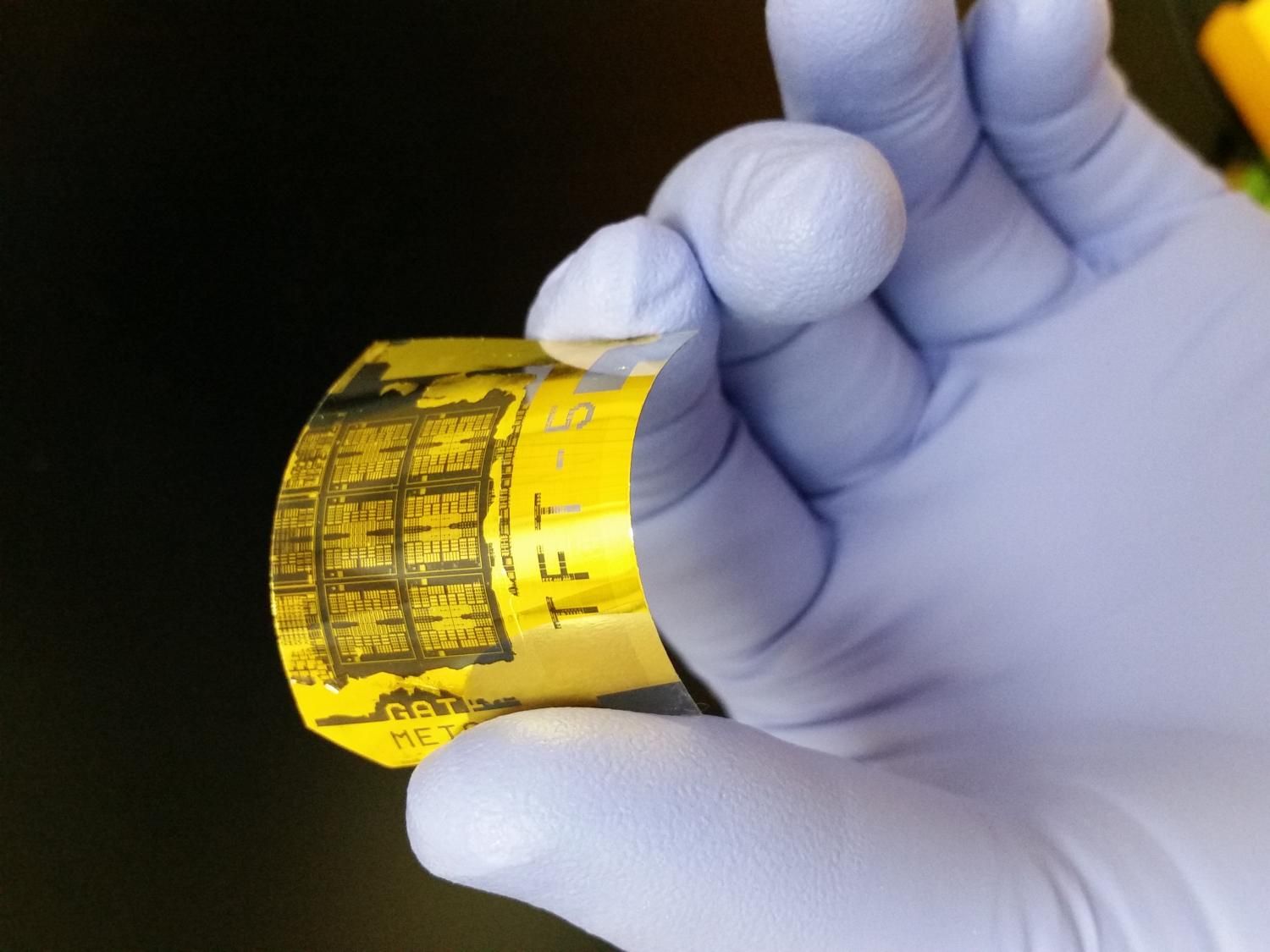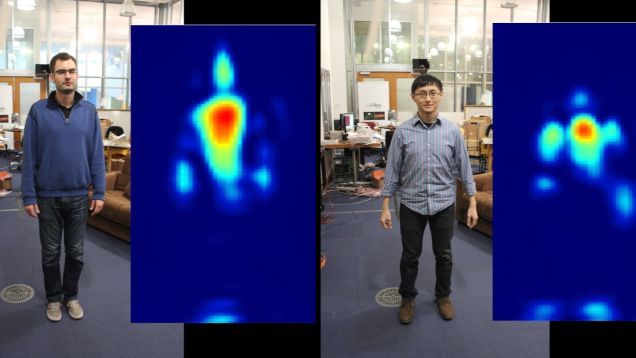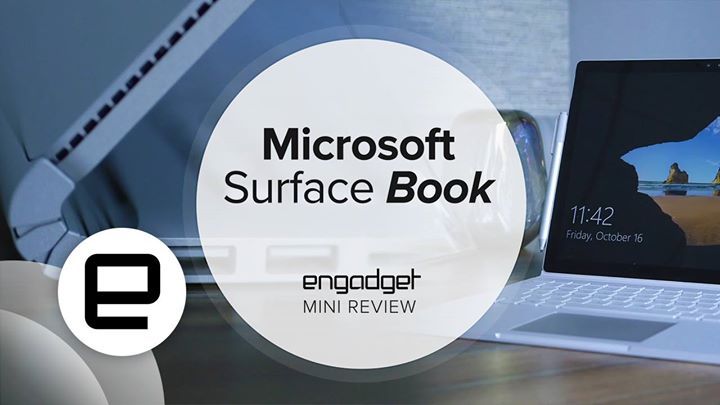Archive for the ‘computing’ category: Page 811
Oct 30, 2015
Study finds new way of computing with interaction-dependent state change of nanomagnets
Posted by Shailesh Prasad in categories: computing, engineering, nanotechnology
Researchers from the University of South Florida College of Engineering have proposed a new form of computing that uses circular nanomagnets to solve quadratic optimization problems orders of magnitude faster than that of a conventional computer.
A wide range of application domains can be potentially accelerated through this research such as finding patterns in social media, error-correcting codes to Big Data and biosciences.
In an article published in the current issue of Nature Nanotechnology, “Non Boolean computing with nanomagnets for computer vision applications,” authors Sanjukta Bhanja, D.K. Karunaratne, Ravi Panchumarthy, Srinath Rajaram, and Sudeep Sarkar discuss how their work harnessed the energy-minimization nature of nanomagnetic systems to solve the quadratic optimization problems that arise in computer vision applications, which are computationally expensive.
Oct 30, 2015
Bitcoin is 100 times More Powerful than Google
Posted by Shailesh Prasad in categories: bitcoin, computing
Allow me to introduce you to someone who has the potential to be very important in the future of Bitcoin. His name is Balaji Srinivasan, and he is the chairman and co-founder of 21 Inc. What is 21 Inc? 21 Inc. is the Bitcoin startup that secured the most venture capital of any Bitcoin company in history, at $116 million. What do they need $116 million in venture capital for? They are investing in “future proprietary products designed to drive mainstream adoption of Bitcoin.” With that in mind, the research of 21 Inc. has highlighted some interesting Bitcoin factoids. One Srinivasan released at the second annual Bitcoin Job Fair held last weekend in Sunnyvale, California regarding how big Bitcoin has become in the computing world.
Honestly, I looked online to find out what a petahash rate and a gigahash rate was, and that is one long rabbit hole, so I’ll leave the technical ramble to techies like Mr. Srinivasan. He makes the comparison to Google based on the fair assumption that they are using 1e7 servers, for 1e7 H/s per Xeon, and ~10 Xeons/server = 1 PH/s. One petahash equals 1,000,000 gigahash or 1000 terahashes. Bitcoin reached 1 PH/s of computing power/speed on September 15th, 2013. It is now normally working at over 350 PH/s, or over 350,000,000 GH/s.
” All of Google today would represent less than 1% of all of mining (Bitcoin operations worldwide). The sheer degree of what is happening in (Bitcoin) mining is not being appreciated by the press,” said Balaji Srinivasan at the Bitcoin Job Fair. “If we assume there are 10 million Google servers, and each of these servers is running, you can multiply that through and get one petahash. If they turned off all of their data centers and pointed them at Bitcoin (mining network), they would be less than 1% of the network.”
Oct 30, 2015
Engineers reveal record-setting flexible phototransistor
Posted by Shailesh Prasad in category: computing
Inspired by mammals’ eyes, University of Wisconsin-Madison electrical engineers have created the fastest, most responsive flexible silicon phototransistor ever made.
Oct 30, 2015
Scientists design full-scale architecture for quantum computer in silicon
Posted by Julius Garcia in categories: computing, particle physics, quantum physics
Australian scientists have designed a 3D silicon chip architecture based on single atom quantum bits, which is compatible with atomic-scale fabrication techniques — providing a blueprint to build a large-scale quantum computer.
Oct 30, 2015
Can Computers Be As Creative As A Human?
Posted by Dan Faggella in categories: computing, entertainment, media & arts, open source
To many people, the introduction of the first Macintosh computer and its graphical user interface in 1984 is viewed as the dawn of creative computing. But if you ask Dr. Nick Montfort, a poet, computer scientist, and assistant professor of Digital Media at MIT, he’ll offer a different direction and definition for creative computing and its origins.
Defining Creative
“Creative Computing was the name of a computer magazine that ran from 1974 through 1985. Even before micro-computing there was already this magazine extolling the capabilities of the computer to teach, to help people learn, help people explore and help them do different types of creative work, in literature, the arts, music and so on,” Montfort said.
“It was a time when people had a lot of hope that computing would enable people personally as artists and creators to do work. It was actually a different time than we’re in now. There are a few people working in those areas, but it’s not as widespread as hoped in the late 70’s or early 80s.”
Continue reading “Can Computers Be As Creative As A Human?” »
Oct 29, 2015
Quantum communications go thin and light
Posted by Early Boykins III in categories: computing, quantum physics
Trong Toan Tran states: “Ultimately we want to build a ‘plug and play’ device that can generate single photons on demand…” #QuantumComputing.
A team of UTS researchers has made a major breakthrough that could pave the way for the next generation of quantum communications.
Oct 29, 2015
Wifi Networks Can Now Identify Who You Are Through Walls
Posted by Phillipe Bojorquez in categories: computing, internet, robotics/AI
Who needs a peep hole when a wifi network will do? Researchers from MIT have developed technology that uses wireless signals to see your silhouette through a wall—and it can even tell you apart from other people, too.
The team from MIT’s Computer Science and Artificial Intelligence Lab are no strangers to using wireless signals to see what’s happening on the other side of a wall. In 2013, they showed off software that could use variations in wifi signal to detect the presence of human motion from the other side of a wall. But in the last two years they’ve been busy developing the technique, and now they’ve unveiled the obvious — if slightly alarming — natural progression: they can use the wireless reflections bouncing off a human body to see the silhouette of a person standing behind a wall.
Not only that, the team’s technique, known is RF-Capture, is accurate enough to track the hand of a human and, with some repeated measurements, the system can even be trained to recognise different people based just on their wifi silhouette. The research, which is to be presented at SIGGRAPH Asia next month, was published this morning on the research group’s website.
